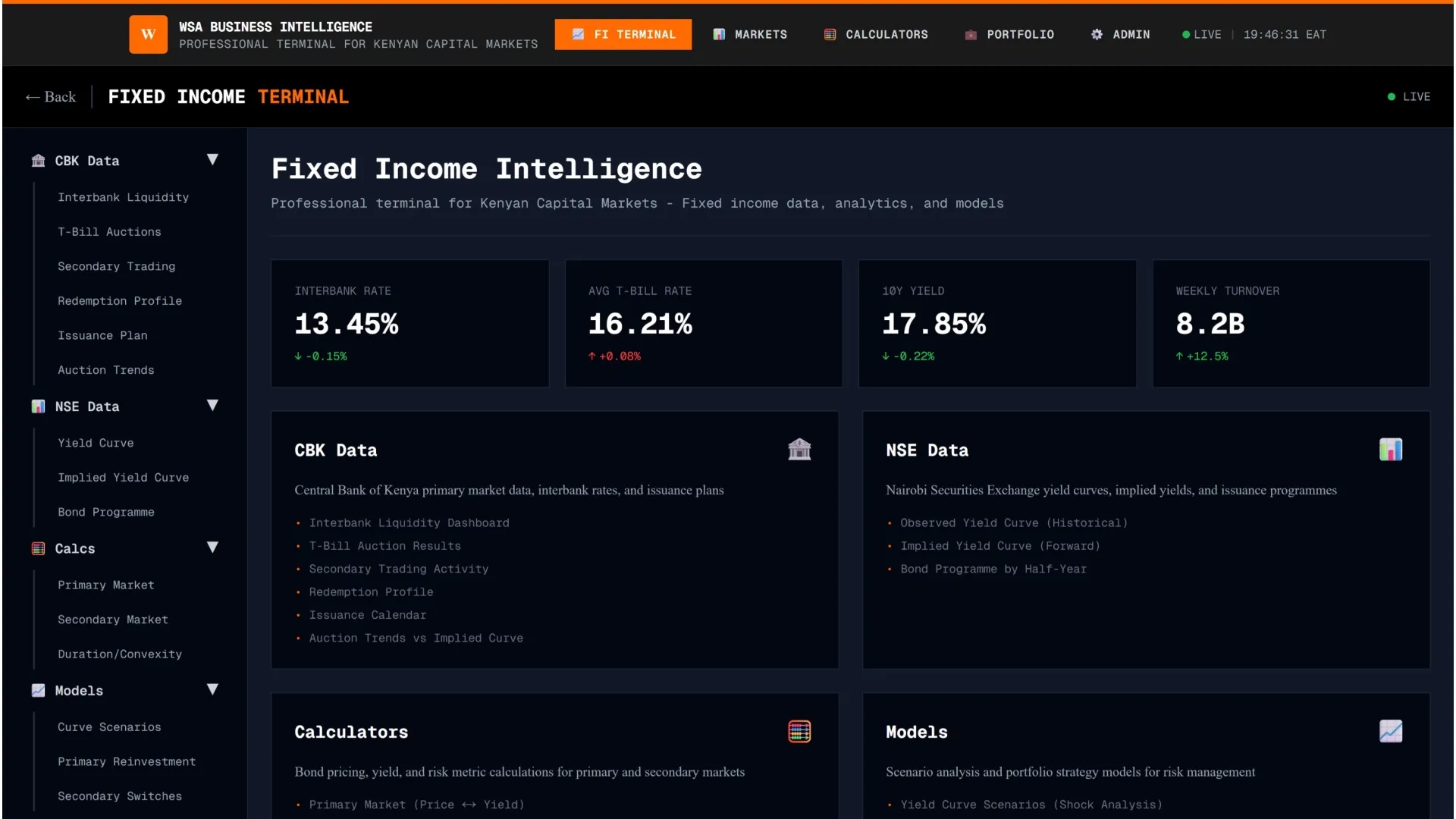The National Bank of Ethiopia has maintained the country’s benchmark rate at 15% citing “the need to reduce the still elevated inflation rate and also the importance of anchoring exchange rate expectations.”
- •The country’s year-on-year inflation rate is at 16.9%, with food inflation at 18.5% and non-food inflation at 14.4%.
- •Growth in domestic credit stood at 19%, while growth in broad money and base money stood at 20% and 17%, respectively, as of November 2024.
- •In December, the country’s parliament approved the entry of foreign banks into the financial sector, to boost competition.
“In the Committee’s view, two aspects of the macroeconomic outlook call for a cautious monetary stance: the expected easing of fiscal conditions over the coming months,” the NBE said after the inaugural Monetary Policy Committee (MPC) meeting on December 31 2024, “and the moderately expansionary impulse likely from increased net foreign exchange inflows.”
The MPC also maintained unchanged rates on standing deposits, standing lending facilities, and deposit reserve requirements. The only change it recommended in “the continued use of a credit growth target” was a change in target rate from 14% to 18%.
Ethiopia has over 30 local banks with a total capital of US$2.4 billion. The state-owned Commercial Bank of Ethiopia (CBE) is the only large bank, holding 21.5% of the combined capital. Despite being Eastern Africa’s largest economy, Ethiopia’s banking system remains underdeveloped and its systems do not foster competition enough to boost the quality of services offered to customers.
The decision to open the financial sector to foreign banks is the latest in a series of economic liberatization moves by the government. This has previously included the liberalisation of the telecoms sector, which saw the entry of Kenya’s Safaricom in the telco’s first greenfield investment outside its home market.




